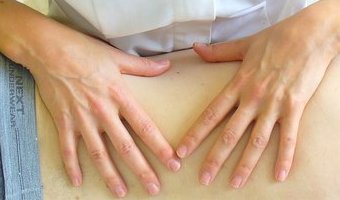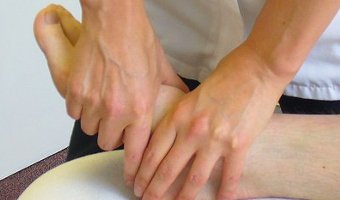Tips to avoid injury while you're exercising
Many people start a fitness campaign with gusto at the start of the new year. This is great, however injuries often occur when there is a sudden rather than paced increase in duration, intensity or frequency of their activities. Many soft-tissue injuries can be avoided through proper conditioning, training and equipment. Other tips include:
- Balanced fitness – develop a programme that includes cardiovascular exercise (at least 3 x 30 minutes of activity which increases your heart rate per week), strength training (particularly important as you get older) and flexibility (a yoga or pilates class or session at least once a week).
- Don’t do too much too fast – add new activities and exercises carefully whether you have been sedentary or very active and do not try to take on too many new exercises at any one time. Too much of an increase in weight or distance too quickly can set you back severely. Overtraining and not allowing the body adequate rest periods can exhaust the body and set you up for an injury.
- Use proper equipment – change your trainerss as often as every 6 months if you are very active or as they start to show signs of wear. Wear comfortable, loose-fitting clothes which let you move freely and release body heat.
- Keep hydrated – have a drink at least every 15 minutes or so while you exercise and drink water regularly in your day-to-day life to rehydrate you.
- Warm up – before your exercise routine, slowly increase from a walk to a jog, spin on a bike or gently mobilise your arms and legs jogging on the spot and revolving your arms. Warming up increases your heart rate and blood flow and loosens up your tendons, ligaments and joints.
- Cool down – in my view this is more important than warming up and it should be the final part of your exercise routine. As your muscles cool immediately after cardiovascular exercise (even sports like swimming), stretching is vital to prevent them from shortening and tightening. Slow your movement or activity down in the last 5 minutes before you stop and then begin stretching slowly and carefully until you reach the point of muscle tension. Hold each stretch for 10 to 20 seconds and then slowly release ideally repeating 2 or 3 times for each muscle group. Don’t bounce the stretch. For example, if you have been running or cycling, make sure you stretch all the leg (calves, hamstrings, quads), buttock and low back muscles and include rotational stretches of the back. Stretching after all exercise will not only avoid short term injury but will also prevent injury in the future.
- Rest – schedule regular days off from vigorous exercise and rest when tired.
- Don’t just exercise at the weekend – try to get at least 30 minutes of moderate exercise every day, breaking it up into 10 minute chunks if you are pushed for time.
If either acute or chronic injuries arise, do book an appointment for an Osteopathic treatment or MOT. The easiest way to book with me is to visit www.essentialosteopathy.co.uk and clicking on the ‘Book an Appointment’ button. Alternatively email or call (details on my website).







